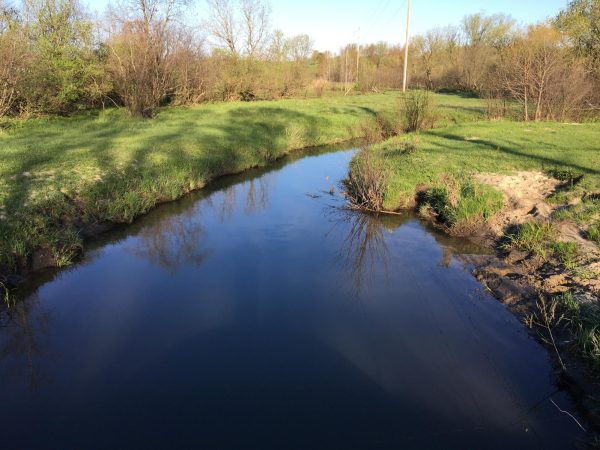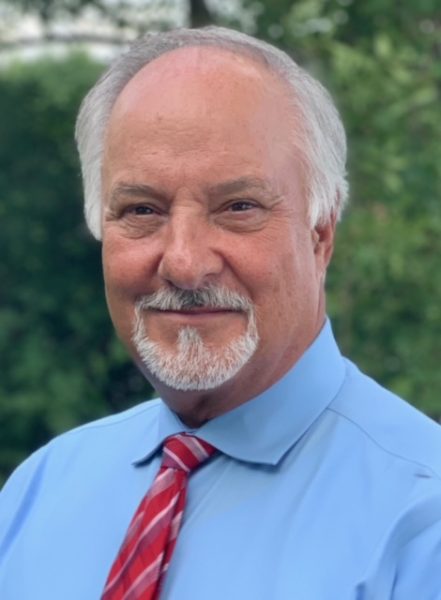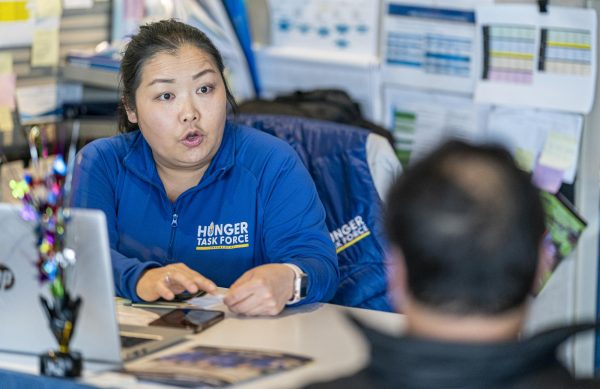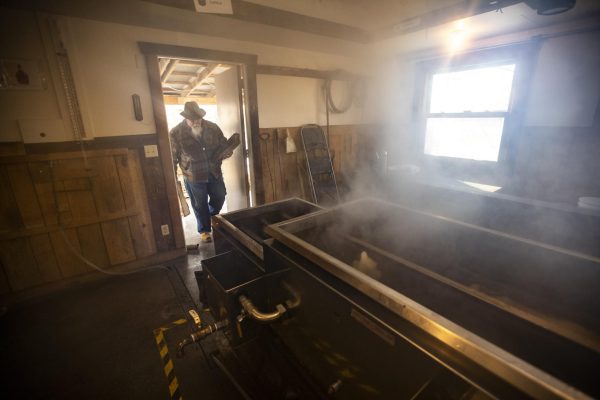Powerful supercomputing capabilities reshape undergrad research and teaching at UW-Eau Claire
IMPACT Symposium – March 7, 2020 Each team participating in the IMPACT competition will be invited to Mayo Clinic Health System in Eau Claire to present its ideas at the IMPACT Symposium on March 7, 2020.The symposium will include poster presentations
October 9, 2022
When Caterra Leavens graduated from the University of Wisconsin-Eau Claire last May with a degree in biochemistry/molecular biology, she was confident that her many research opportunities as a Blugold would make her an excellent job candidate.
After all, she knew that her name was about to be listed as a co-author on a peer-reviewed journal publication that used supercomputing capabilities to simulate the molecular dynamics of COVID-19 variants and predict transmissibility. Publications with such timely and relevant findings are a major accomplishment for an undergraduate student.
Once Leavens began interviewing for jobs, she says she realized just how rare her undergraduate experiences were to people in the biomedical world.
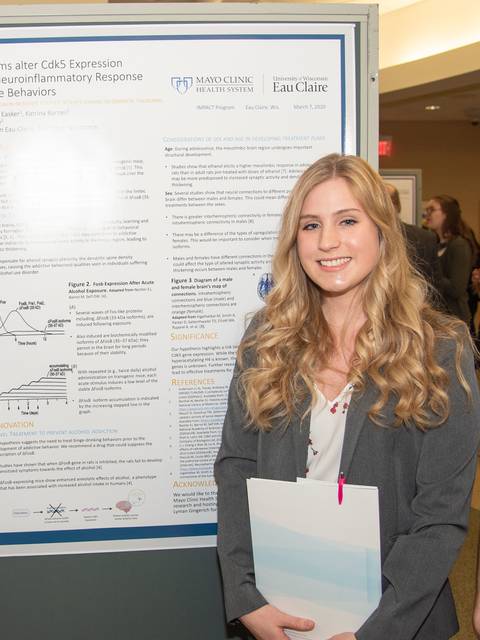
“Everyone wanted to ask me about these computational studies I’ve worked on,” Leavens says. “They just couldn’t believe that undergraduates are getting that kind of experience. People were truly blown away by that.”
Leavens is right — her undergraduate background in computational biomedical research studies is rare, as UW-Eau Claire has technology not found on similar campuses.
As UW-Eau Claire increasingly positions itself to become the premier regional university for health sciences, the Blugold Center for High Performance Computing is proving to be a determining factor for students planning to move on to graduate school or careers in technology-based biomedical fields.
With assets like the supercomputing cluster as well as the ongoing collaboration agreement with Mayo Clinic Health System in Northwest Wisconsin, Blugolds like Leavens are indeed prepared at levels that will continue to impress graduate schools and employers alike.
“Medical providers are increasingly relying upon predictive analytics and artificial intelligence to help guide their decisions,” says Dr. Michael Carney, assistant chancellor for strategic partnerships and program development.
“Thanks to the initial National Science Foundation grant and the generous matching in-kind donation of hardware from Hewlett Packard Enterprise (HPE), the Blugold HPC cluster is a state-of-the-art resource that’s already helping our regional medical providers make informed decisions by analyzing their extensive collections of electronic medical records,” Carney says. “Our students are gaining unparalleled hands-on experience in analyzing and interpreting these large data sets, experience they would not receive at most other comprehensive universities, and which will prepare them well for careers in the ever-evolving world of health care.”
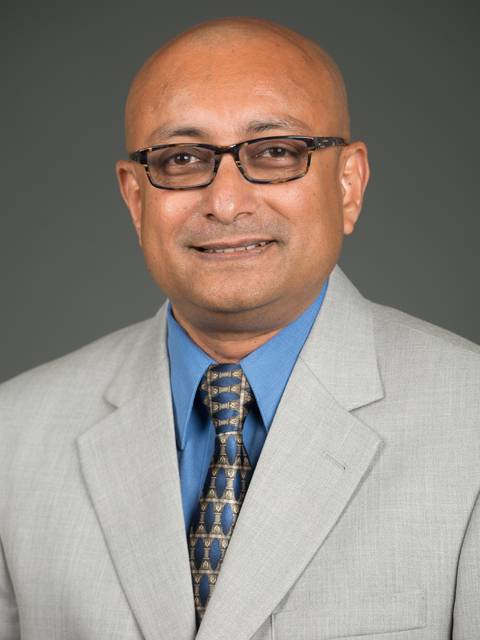
Dr. Sudeep Bhattacharyay, professor of chemistry and biochemistry, and Dr. Ying Ma, associate professor of materials science and biomedical engineering, were the principal investigator and co-principal investigator, respectively, on the proposal that led to the $350,000 NSF award.
UW-Eau Claire is one of only three UW System schools to house a supercomputing center, along with UW-Madison and UW-Milwaukee, which are categorized as Research 1 universities, the highest level for research-intensive institutions.
So what exactly is supercomputing?
Before diving further into the impact of high-performance computing at UW-Eau Claire, describing supercomputing itself will help define the scope of this type of work.
Tyler Bauer, administrator of the Blugold Center for High Performance Computing, is a 2022 Blugold graduate in computer science who was a student employee with Learning and Technology Services (LTS) for two years. In March, he was hired as the first full-time administrator of the HPC cluster.
“There are times where you want to run a program on a computer to do some research project, such as analyzing a set of numbers, but eventually you may hit a limit because you can only do so much on a typical desktop or laptop,” Bauer says. “With a supercomputer, you can go beyond the limitations of a personal device, as it can take that computing power and multiply it by five. You can also combine the power of multiple machines into what we call a ‘supercomputing cluster,’ all used for a single project. In our Bose cluster, we have 60 machines available for use.”
Bauer says it’s not only the exponential growth in computational capabilities, but that the 60 machines in the HPC cluster operate on their own, so nobody needs to “watch the process” as Bauer says, as a typical computer cannot simply continually run.
“Last year, our estimates showed that across all users, the HPC cluster saved a collective 12 years of time not spent manually running programs,” Bauer says. “And that’s with 24/7 system operation. If we broke that up into normal workday hours … well, it’s a whole lot of time saved.”
Another huge benefit of the HPC system is that any student or faculty member can make use of the cluster through their own personal or office/lab computer.
“We have a new system called ‘Open OnDemand’ that allows anyone to log into the HPC programs using their campus credentials — no special downloads are necessary other than access to a web browser,” Bauer says. “That is really going to increase accessibility for so many more people across campus.”
Campus HPC use growing exponentially

Overall use of the HPC cluster is rapidly expanding, according to Bhattacharyay.
“In addition to many student-faculty collaborative computational research studies, regular classroom use is also underway, getting this high-powered technology into the hands of many more students,” Bhattacharyay says.
Here is a sampling of current studies being conducted through the HPC:
- Designing Optimized Deep Learning Algorithm for Image Classification (computer science).
- Testing and Refinement of Computed Properties of Electronically Excited Molecules (chemistry and biochemistry).
- Vegetation Mapping With High-Resolution Low Altitude UAV-based Imagery Using Deep Learning (geography and anthropology).
- Computer Simulation of Electrode Materials for Lithium-Ion Batteries (materials science and biomedical engineering).
- Computational Astrophysical Study of Stellar Structure and Evolution (physics).
- From Local to Global: Understanding Pattern and Process in Plant Evolution (biology).
- COVID-19 Research: Role of Redox Chemistry on the Binding of Viral Protein onto Cell-Surface Receptors (chemistry and biochemistry).
Bhattacharyay was the faculty mentor on the biophysical chemistry study that resulted in the recent publication for Caterra Leavens and a large team of fellow researchers.
“Blugold supercomputers have enabled many projects that are otherwise impossible,” he says.
“For example, in fall 2021, a course project in biophysical chemistry on COVID-19 variants involved a research effort by 25 undergraduate students using Blugold supercomputers. They explored SARS-CoV-2 variants alpha, beta, gamma, delta, kappa, eta and omicron.”
Leavens was part of the group studying the delta variant, students who then took the lead in presenting the study at the National Conference on Undergraduate Research (NCUR). In August, the results of their studies were in a peer-reviewed published article in the Protein Journal.
Additionally, a significantly large number of undergraduate students, approximately 1,400 students per year in 100-level chemistry courses, are expected to use the HPC cluster for learning quantum chemistry tools for studying chemistry.
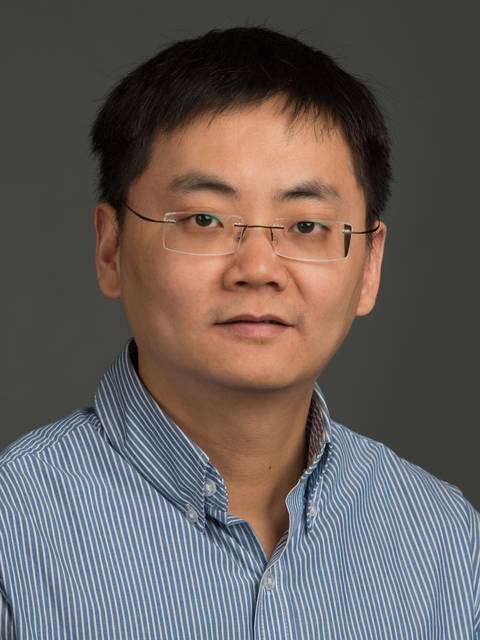
The one faculty member who makes the most use of the campus HPC cluster is Ma, who has worked with 28 students on various projects, including lithium-sulfur batteries, organic sulfides for energy storage and novel solid-state electrolyte materials.
“Designing new materials requires sophisticated computational models that surpass the capabilities of even the most powerful desktop computers,” Ma says. “My students and I routinely run calculations using hundreds of CPU (central processing unit) cores simultaneously, while a typical desktop computer has about 10 CPU cores.”
To put those numbers in perspective, Ma says, a typical desktop computer can offer 87,600 core-hours if running nonstop for an entire year. On the HPC system, Ma and his students reach that number in about three days. The HPC system not only greatly expedites their search for new materials, but also enables the study of much larger systems otherwise not possible.
New classroom terrain for supercomputing
This fall semester brought the first fully integrated regular classroom use of the HPC capabilities with the addition of a new course in data science taught by Dr. Silviana Amethyst, associate professor of mathematics. Amethyst designed a new course, Data Science 150, and students will be using the supercomputing technology throughout their course.
“In teaching data science at another university, I discovered that too much of the focus was on tech support for the students who were using installed software to run the programs,” Amethyst says.
“As I worked on developing a data class here, I was very interested in a uniform computing environment, no need to worry about differences between users on Mac versus Windows, everyone on the same Python interpreters,” she says. “That is exactly what the Blugold HPC cluster offers, and now I can focus on teaching the data science rather than troubleshooting technology.”
Amethyst also says that perhaps equally important as the course content is the training in supercomputing that these students will all be receiving.
“Part of what I’m doing is prepping students for future research in the computing world by introducing them to these industry standard tools,” Amethyst says.

The tools Amethyst refers to are the exact tools now accessible to all Blugolds through the OnDemand feature Bauer and fellow LTS staff have put in place in the HPC cluster. As Tom Sulzer, an information technology project manager for LTS points out, it’s not only Blugold students who are getting an introduction to these tools.

“We offered introductory training over the summer to area high school students enrolled in UW-Eau Claire’s Upward Bound program,” Sulzer says. “With Upward Bound, as well as the successful launch of the Research Experiences for Undergraduates (REU) program last summer, we are able to provide HPC resources to students who in the past would not normally have had access to them.”
Bauer looks forward to seeing even more growth in the use of the Blugold Center for High Performance Computing through additional coursework like Amethyst’s and Ma’s classes, the chemistry core classes and collaborative research. He also wants all students to know that anyone can train on the system and contemplate ways to incorporate the power of the massive computer system into their own research or interests outside of established STEM projects.
“If anyone has any interest, just in general about learning about supercomputing, we’d love to show people what’s possible,” Bauer says. “We can talk about all the different kinds of research projects we have been involved with, the different programs or outreach opportunities we’ve been involved with and just kind of get people started.
“UW-Eau Claire has this amazing resource — we want everyone to be able to know what it can do and that it’s something unique.”
Bauer suggests that students or faculty members interested in learning more about the supercomputing capabilities at UW-Eau Claire and how they can advance or enhance a research project or course materials should visit the HPC website, stop by the HPC center office in Room 103 of Schofield Hall or email [email protected].













